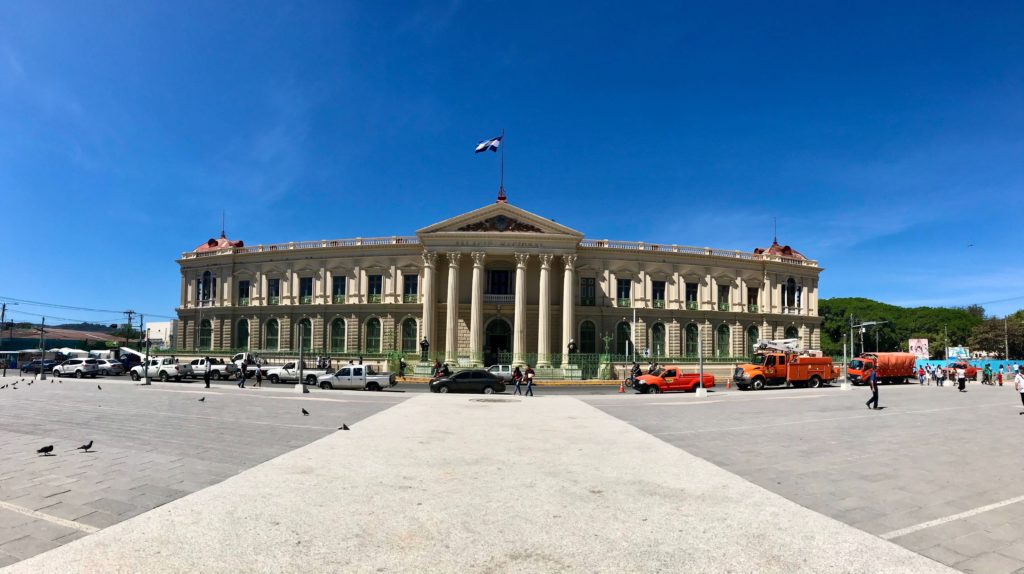The use of eCommerce has significantly increased across the pandemic, and medium and small enterprises are adapting to the demands of digital development.
According to a Statista report, e-commerce accounts for 92% of digital revenues.

Consumer behavior
Online retailers like Amazon, E-bay, AliExpress, Alibaba, and Mercado Libre are among the ones Salvadoran shoppers use. Customers often make payments through local bank accounts, deposits, transfers, and debit or credit cards (Visa, MasterCard, and American Express). It’s uncommon to see services like Apple Pay or PayPal accepted.
Since September 2021, banks, companies, and retailers of all sizes have been forced to accept Bitcoin in addition to the US dollar, the country’s second official currency. 86% of businesses had never sold anything in bitcoin, and only 20% of firms currently accept it. Moreover, the law has required that all retailers accept bitcoin, according to a poll conducted in March by the Chamber of Commerce and Industry of the nation.
Digital marketing and social media
El Salvador is experiencing a rise in digital marketing and trends, according to the 2022 State of Digital study. According to the study, 83% of El Salvadorian businesses favor social media advertising over traditional media (17%). 60.5% of businesses’ marketing budgets are allocated to traditional media, and 39.5 % to digital media. Additionally, 4.4 million Salvadorans have access to the internet, with over 50% living in San Salvador, the country’s capital, and the nearby city of La Libertad. Around 35% of these people use social media for entertainment and 8% for shopping (food, housewares, electronics, and fashion items). Facebook is the most popular social media platform, followed by Instagram and Tik Tok in this nation.
Challenges faced in e-commerce in El Salvador
The nation is in a worse condition than the rest of the world in terms of getting its economy ready to handle online shopping, per the UNCTAD B2C E-commerce Index 2019The country falls short of the average Latin American and Caribbean score of 48.0 points, ranking 110th out of 152 countries studied with a score of 37.2 out of 100. Due to the economic, social, and technological realities, e-commerce has faced numerous structural difficulties. First off, much of El Salvador’s economy is done informally. Although specific figures are lacking, it is believed that the informal sector accounts for 60% of the GDP, limiting the degree to which the government can regulate these economic activities. Additionally, the level of crime and violence in the nation has a big impact on economic activities. The nation also has a limited level of technological advancement.
E-commerce revenue statistics in El Salvador
In 2023, the eCommerce industry is expected to generate US$1,491.00 million in revenue.
An estimated market volume of US$2,493.00m by 2027 is the result of revenue growing at a projected annual rate of 13.71% (CAGR 2023-2027). The largest market volume, estimated at US$1,396.00 billion in 2023, is produced in China. By 2027, there will likely be 3.5 million users in the e-commerce market. In 2023, there will be 43.7% of users, and by 2027, there should be 51.6% of users. It is anticipated that the average revenue per user (ARPU) will be $518.10.
Use of digital banking
Regardless of whether they have a bank account, 44% of Salvadorans prefer to make their payments and transfers personally using cash, according to a recent study. As a result, the Salvadoran populace still lacks full confidence in and willingness to use electronic payments. Projects on financial education can be used in conjunction with promoting the usage of digital banking to educate the populace about the benefits of electronic payments.







